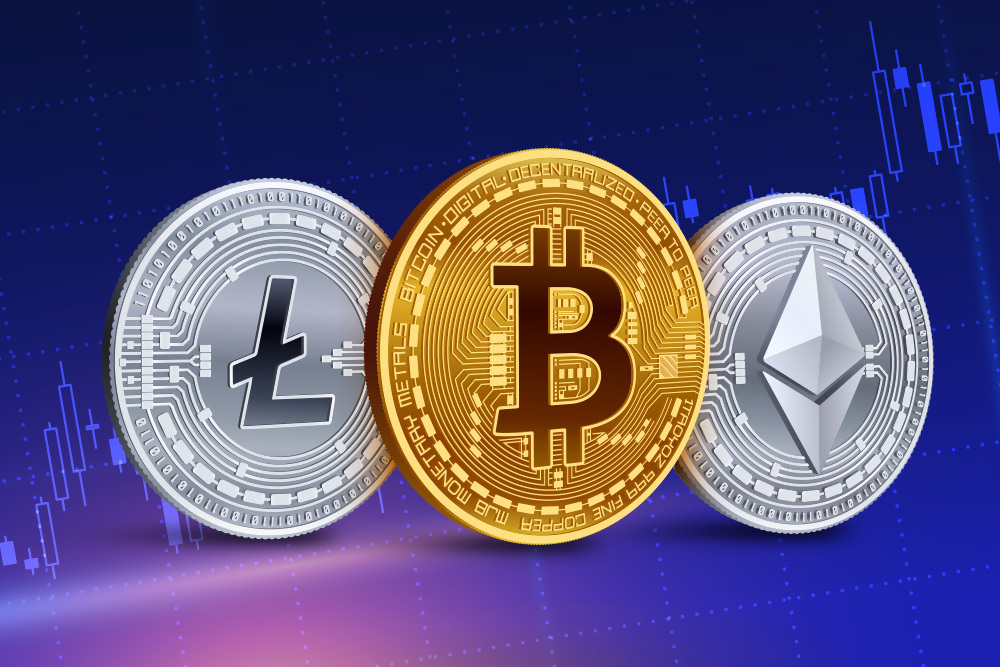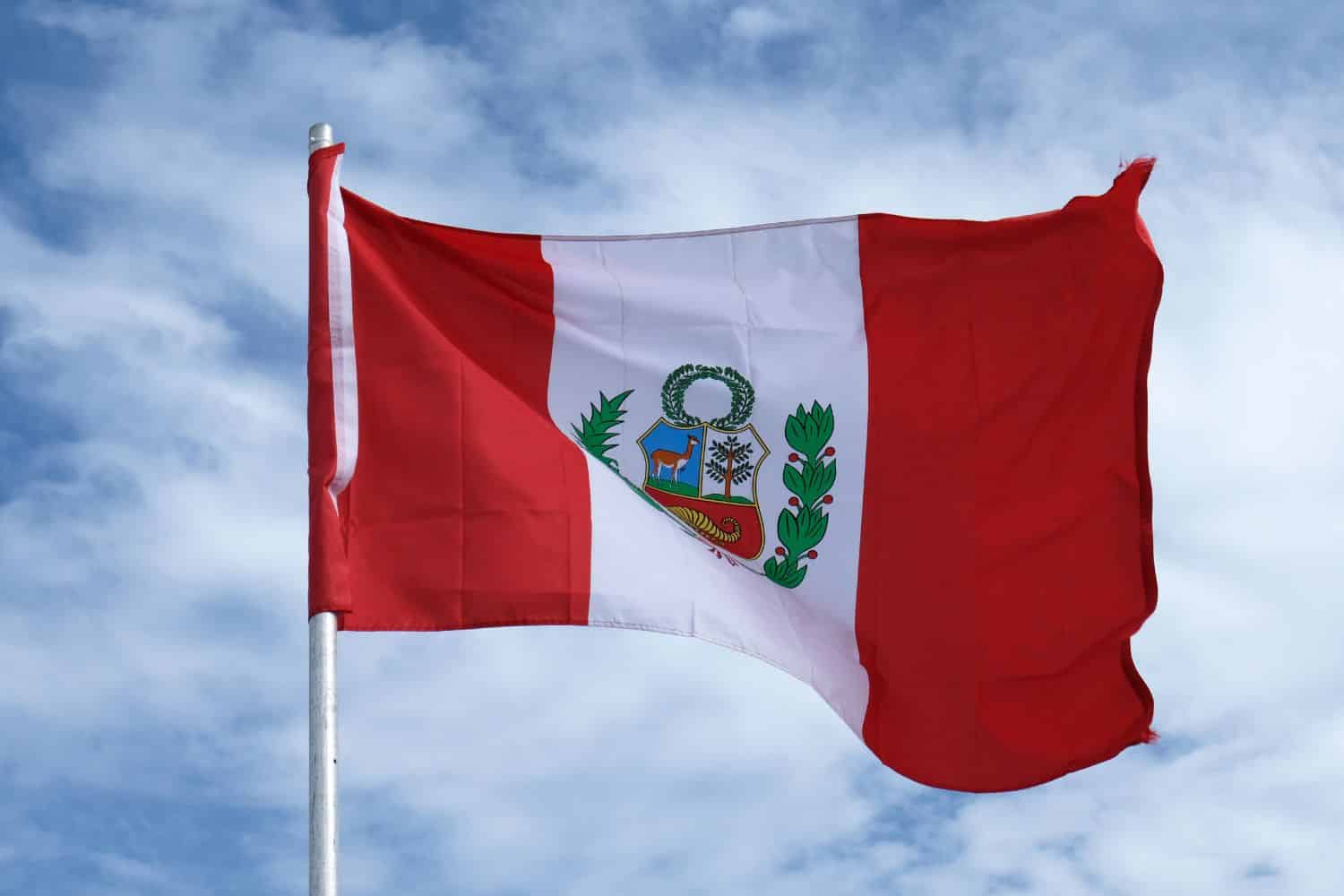Today, crypto markets are still in a state of turmoil. Bitcoin is down to about $21,000 from a high of over $60,000 in October 2021, and ETH is a little over $1,400 from its previous high of nearly $4,500.
There are a lot of epitaphs written about the crypto sector, and bad news is coming in droves; Three Arrows Capital just announced liquidation, the Terra Luna ecosystem collapsed, and Celsius has filed for bankruptcy. In general, the mood regarding cryptocurrencies is negative. In fact, it would be fair to say this is a time when the entire crypto sector is looking at itself and wondering if there is real substance to this endeavor or is there any way the sector will ever recover.
Like any new technology, blockchain development and adoption comes with ups and downs. It is essential to look, then, at what is fundamentally unique about this technology and why it is different. Blockchain is an innovative offering that has the potential to create a brighter future for all of us.
What is Blockchain Technology?
Blockchain is a technology that has some very unique features; some people have called it a novel method of record-keeping, but this definition does not do justice to what blockchain implementation has to offer.
Blockchain is better described as a decentralized distributed ledger technology that records the provenance of any digital asset. Another good name for it would be an immutable public ledger, where all information is cryptographically secured. Once transactions are recorded, they cannot be modified.
What are the Critical Elements of Blockchain Technology?
There are four critical elements that make blockchain technology unique.
1- It is built using blocks. Traditional databases typically store records in files. Blockchain data is organized in blocks, that hold sets of information. Blocks have certain storage capabilities and, when filled, are closed and linked to the previously filled block, forming a chain of data known as blockchain. Any new information is subsequently compiled into a new block, that will also be added to the chain once filled. This is basically what enables us to timestamp data.
2- It is cryptographically encrypted. This encryption happens primarily through hashing and guarantees that every block is secure. Each block has its own unique identifier, a cryptographic “hash”. The hash not only protects the information within the block from anyone without the required code, but also protects the block’s place along the chain by identifying the block that came before it. An essential component of blockchain technology is cryptographic integrity, secured through a hash.
3- It is a decentralized network. We know there is information in a block and that it is cryptographically secured. If you ever need to make any changes to that data, you will also be required to allow certain parties to make them. In the world of blockchain technology, this process is decentralized. There are validators or nodes - and they are the only ones that can make those changes, and they do so by creating new blocks. Without them, whatever you put in the ledger becomes immutable; it cannot be changed. Unfortunately, decentralization is often misused because the number of nodes required to make changes can vary (it can be 30 or a million; the right level is always a debate).
4- It has a consensus mechanism. Even if they are validators or nodes, you still need to verify a change has been done correctly. There are different types of consensus mechanisms. For example, the Bitcoin blockchain has proof of work, and the Ethereum blockchain is moving to a proof of stake (which MATIC and Solana are already using). In a proof of stake consensus mechanism, you stake your tokens, and that gives you the right to participate in the validation of transactions.
What Existed Before Blockchain Technologies?
So, what were things like before Satoshi Nakamoto invented Bitcoin blockchain technology? Before these four essentials came together, anything that was digital on the net could be copied an infinite number of times.
Traditionally, the internet was all about messaging. Now, and thanks to the blockchain ledger and blockchain networks, you can create digital assets or tokenize a physical asset into a digital one. Thanks to blockchain technology, you can also easily transfer value on the internet.
Other Blockchain Network Essentials
There are two more elements that make blockchain networks special. These are scarcity and the ability to create smart contracts.
Scarcity
Bitcoin has a cap of a maximum 21 Million coins that can be mined (or exist at any time). Scarcity gives inherent value to the tokens that are created on a private blockchain or public blockchain protocol. As there are more transactions and more use cases, we can expect demand to increase. And because the asset is scarce, its value will go up with adoption.
Smart Contracts
Certain blockchain technologies like Ethereum allow you to write smart contracts that are secured by code. When the conditions of those contracts are met, you can enable a transaction to happen without the need to involve any trusted third party. These permissionless transactions depend on code to execute these contracts.
Blockchain Technology - Summary
We have seen blockchain technology has four core elements and is supported by two more elements.
Once you put the four blockchain fundamentals together (blocks that store data, encryption and cryptographic integrity through hashing, a decentralized network of validators and nodes, and a consensus mechanism), you gain the ability to create a digital asset or tokenize any physical asset. Adding two more supporting elements (scarcity and smart contracts), you have a unique technology that can change the future of the internet and the digital world as we know today.
Blockchain technology is incredibly powerful regardless of what the markets are doing on a day-to-day basis - regardless of this crypto winter (or ice age, or glacial age!). We, the people involved in its development and functioning, remain convinced it will only lead us to a brighter future.
Blockchain Technology FAQ
What is the difference between a public and a private blockchain network?
In public blockchain networks (or permissionless blockchains), the ledger is decentralized. In private blockchain networks, the ledger is controlled by a centralized authority. Bitcoin is a public blockchain, and so is Ethereum. Anyone can access the blockchain or add blocks, as long as the blocks are validated by others in the network. Ripple and Hyperledger are private blockchain networks; they use a smaller set of users to reach consensus and validate a transaction.
What is a blockchain platform?
A blockchain platform is a collaborative framework used to create new uses on top of existing blockchain infrastructure. For example, the Ethereum blockchain has a native currency known as ether (ETH), and smart contracts that can be used to create applications such as non-fungible tokens (NFTs) and initial coin offerings (ICOs). Both of these are supported by nodes on the Ethereum network.
Table of Contents
Suggested Article
Explore our products

Make global payments at the speed of a click

Accept payments, remove borders.

Unlock Seamless Digital Currency Transactions Anywhere








.png)














